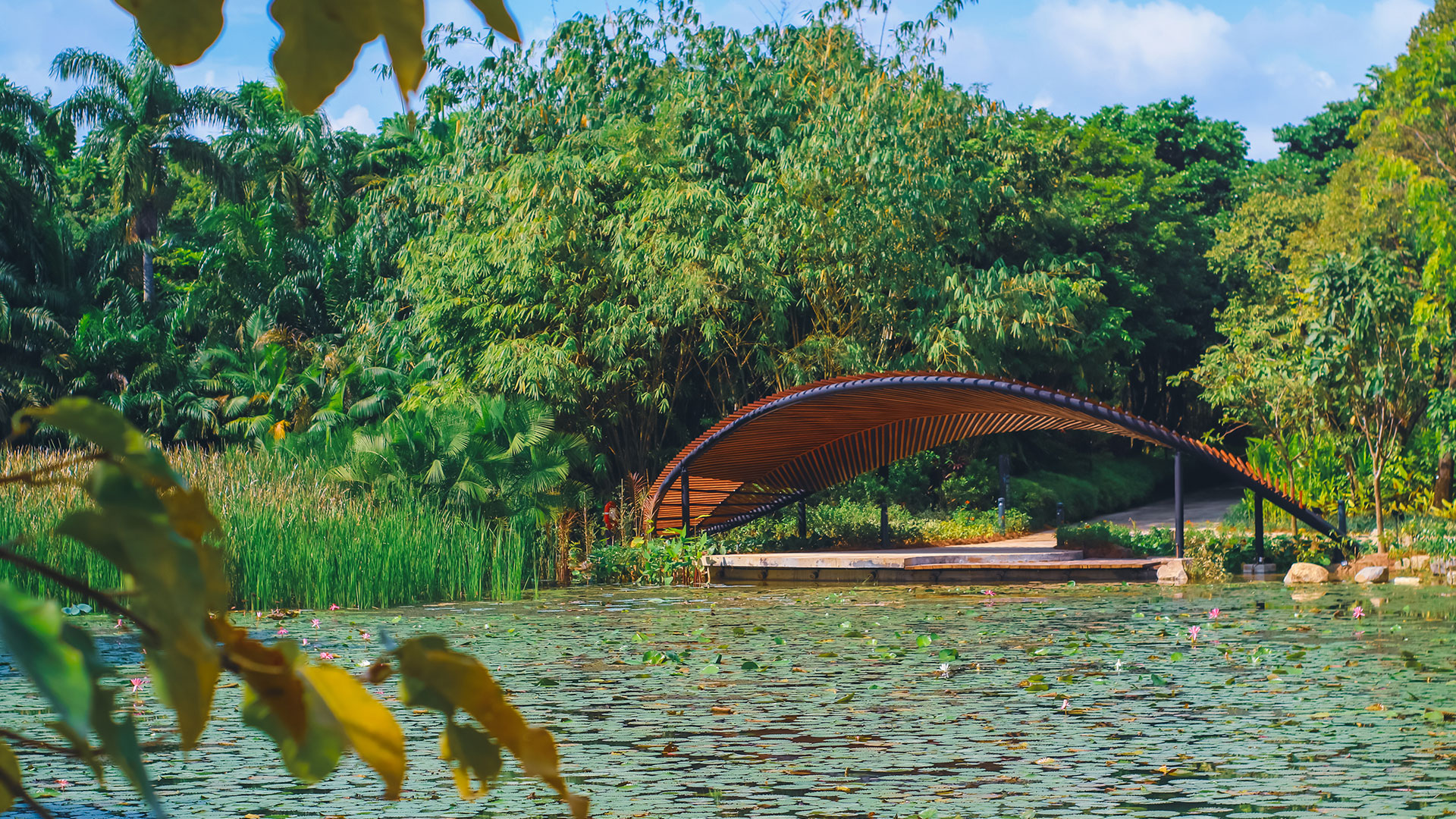A new nature sanctuary was unveiled at Gardens by the Bay on Nov. 12.
Called the Kingfisher Wetlands for the various kingfisher species that can be sighted there, the 15,000sqm space (that's slightly bigger than the size of two football pitches) adds even more greenery and features to the area.
Enhanced the original site
Before the sanctuary was created, the original site was a popular bird-watching spot for the birding community and nature photographers.
However, it was isolated and "often missed by the general public", Gardens by the Bay said in a press release.
The new Kingfisher Wetlands was thus developed with the aim of enhancing and enriching the Gardens, as well as providing new nature areas for visitors to explore.
 Photo from Gardens by the Bay
Photo from Gardens by the Bay
Kikkoman Singapore, a Japan-based soy sauce manufacturer, sponsored S$500,000 towards the development of the wetlands.
The donation from Kikkoman went towards segueing the existing area with the surrounding landscape, thus making it more accessible for visitors.
The wetlands is located along the waterfront promenade of Gardens by the Bay, which is next to Satay by the Bay and near the upcoming Gardens by the Bay MRT station.
Here's a map of the new area.
 Photo from Gardens by the Bay
Photo from Gardens by the Bay
New features
The sanctuary connects two existing water bodies, the Lotus Pond and Kingfisher Lake.
Visitors now have a view of newly-created water cascades and streamlets, which help to improve water circulation and aeration to create new aquatic microhabitats for wildlife.
 Photo from Gardens by the Bay
Photo from Gardens by the Bay
 Photo from Gardens by the Bay
Photo from Gardens by the Bay
It also features a wildlife lookout, educational signage, and several large kingfisher sculptures.
 Photo from Gardens by the Bay
Photo from Gardens by the Bay
The area is know for its large diversity of wildlife, which include the smooth-coated otter, lesser whistling duck, and Malayan monitor lizard.
A bird monitoring programme of Gardens by the Bay has also recorded over 130 species of birds — almost one-third of the bird species found in Singapore.
16 out of 40 migratory species spotted in Singapore are also known to visit this area.
Storing carbon
Over 200 native mangrove trees and mangrove associates, some of which are endangered species, were planted at the Kingfisher Wetlands as well.
Gardens by the Bay states that this ensures that the wetlands contribute to the sequestration of carbon, by storing it in the soil beneath the mangroves.
Mangroves are known to be able to sequester more carbon in their soil than rainforests, thus reducing the amount of greenhouse gases in the atmosphere.
Surveys of the carbon content in the soil from the water bodies at Gardens by the Bay showed that despite the ecosystem there being reclaimed, its carbon sequestration abilities still function "very well":
"Such findings are promising, and suggest the potential of urban eco-systems like the Kingfisher Wetlands to store carbon in the long term."
Top photo from Gardens by the Bay
If you like what you read, follow us on Facebook, Instagram, Twitter and Telegram to get the latest updates.
